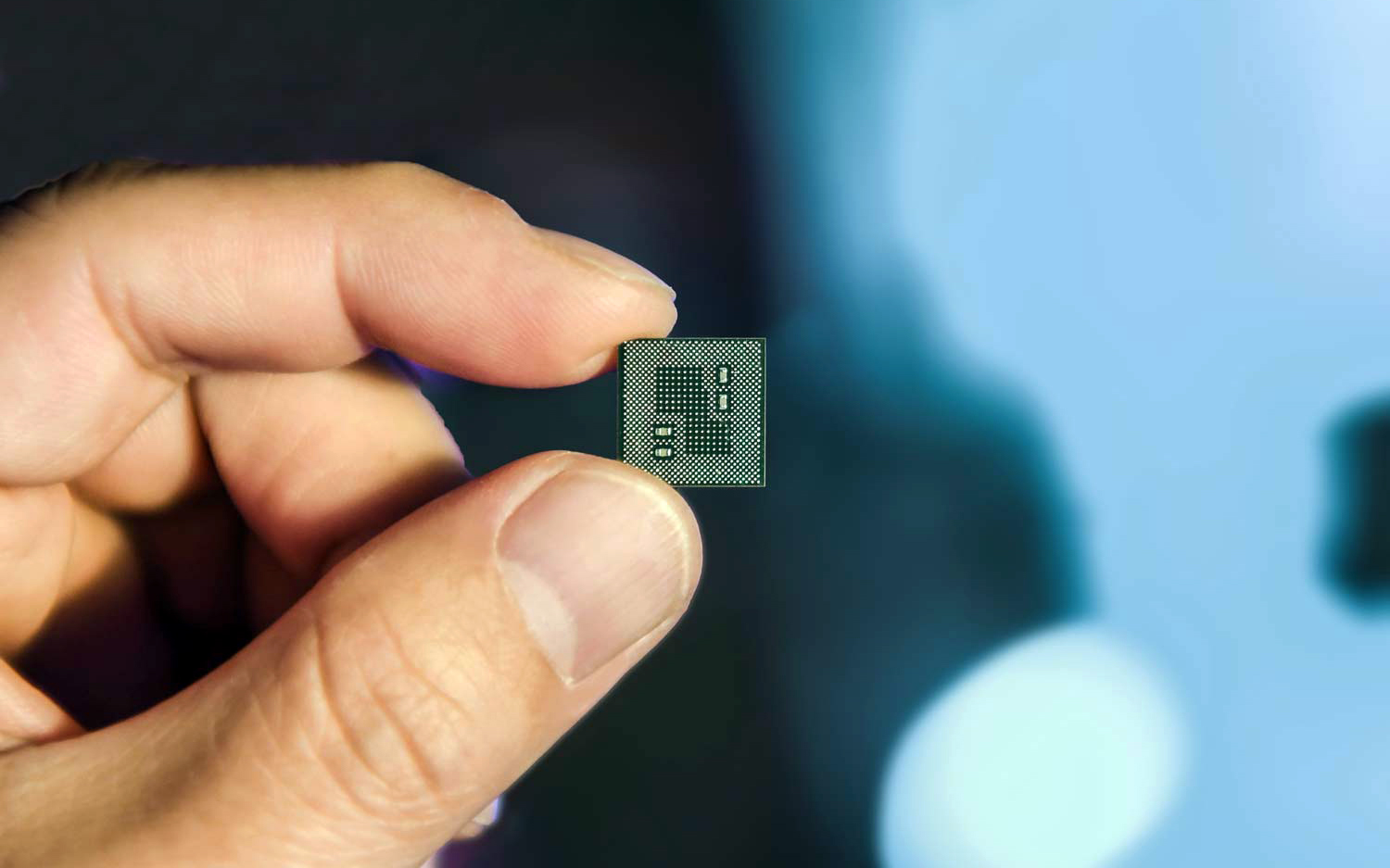Qualcomm, Amazon Unite to Bring Alexa into More Cars than Ever
Cars with Qualcomm chips will grant full access to the Amazon media suite, Alexa's smarts and natural language instructions.
Editors' Note: Updated at 7:15 p.m. ET with additional information from Qualcomm's CES press conference.
LAS VEGAS — If you want to talk to Amazon Alexa in your car right now, you either have to select a car made by one of a small number of manufacturers, or purchase some kind of Bluetooth-connected accessory, like the Echo Auto or Anker Roav. But thanks to a new partnership between Amazon and Qualcomm, that's about to change.

Qualcomm announced that Alexa will be embedded into its future processors for automotive applications, bringing with it Amazon's entire suite of services and apps. That includes Amazon Music, Prime Video and Audible. And although not every car will come equipped with Qualcomm's silicon, this step should help get Alexa into even more vehicles in the near future — especially as the autonomous era draws nearer.
During Qualcomm's press conference here at CES, the company showcased a demo where a passenger in a car could summon up music using Alexa voice commands or start a movie playing on one of the displays facing passengers in the back seat. The demo also featured the driver asking Alexa to recommend nearby restaurants and that offer directions to one of the choices the digital assistant rattled off. The demos today (Jan. 7) didn't always go smoothly — blame the vagaries of using a voice assistant in a crowded auditorium — but it provided a pretty good example of how digital assistants like Alexa may fit into future infotainment systems.
MORE: Anker Roav Viva Pro Review: Best Alexa Gadget for Your Car
While Qualcomm counts Amazon and Alexa and its partners, Patrick Little, Qualcomm's senior vice president and general manager for automotive, clarified that the chipmaker was platform agnostic when it comes to digital assistants, willing to work with whatever voice assistant its car maker partners prefer. That would seemingly open the door to other voice assistants handling a lot of the tasks Alexa pulled off during today's Qualcomm press conference, though maybe without the tie-in to Amazon's content library.
In addition to Amazon's media catalog and Alexa's smarts, Qualcomm's future processors will also implement the chipmaker's Smart Audio Platform, which is designed to play nice with natural language instructions, in much the same way the Amazon Echo products are.
Sign up to get the BEST of Tom's Guide direct to your inbox.
Get instant access to breaking news, the hottest reviews, great deals and helpful tips.
Other demos featured today included the driver using two-factor authentication, with both a thumbprint reader and an on-board camera capable of facial recognition allowing the car to start. That same camera can also monitor the driver when the car's in motion, posting warnings if it detects the driver getting distracted or drowsy. In another safety-conscious demo, cameras at traffic lights would use Qualcomm's cellular vehicle-to-everything communications technology to send alerts to cars when they detect pedestrians about to enter a crosswalk unexpectedly.
"We're working with our partners, including Amazon to make cars, safe, intelligent and full of immersive experiences," said nakul Duggal, senior vice president of product management for automotive at Qualcomm.
Qualcomm intends its new range of car chipsets to appear in vehicles at every price range, from compacts to luxury SUVs. The partnership firmly puts Amazon in contention with Apple and Google, whose CarPlay and Android Auto platforms don't necessitate the need for a particularly powerful in-car processor, but do require the driver to connect their mobile phone to the built-in infotainment stack.
Adam Ismail is a staff writer at Jalopnik and previously worked on Tom's Guide covering smartphones, car tech and gaming. His love for all things mobile began with the original Motorola Droid; since then he’s owned a variety of Android and iOS-powered handsets, refusing to stay loyal to one platform. His work has also appeared on Digital Trends and GTPlanet. When he’s not fiddling with the latest devices, he’s at an indie pop show, recording a podcast or playing Sega Dreamcast.
